
"Excellence Through Innovation"
ONLY ONE OF US SHOULD BE WEARING NAPPIES!
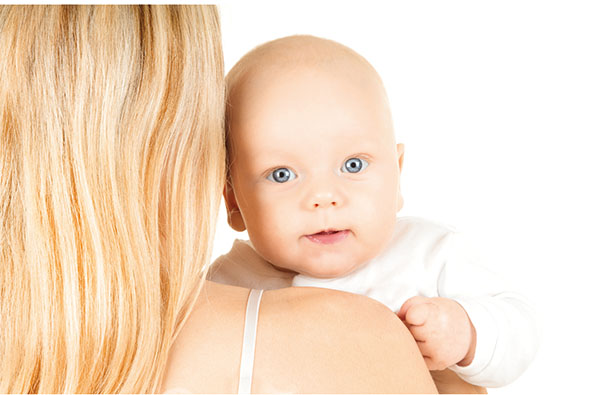
Sadly, mums experience faecal incontinence
after childbirth related anal sphincter injuries

Why is OASIS important?
Obstetric anal sphincter injuries (OASIS) or 3rd/4th degree tears are a serious complication of childbirth that can lead to anal incontinence (AI). AI can have a devastating impact on a person’s quality of life and is perceived as a social stigma. Due to these childbirth related injuries, women are 9 times more likely to develop AI compared to men.
How common is OASIS?
According to the latest Royal College of Obstetricians and Gynaecologists report, the incidence of OASIS is 5.9% [1]. In countries where midline episiotomy is practiced, the incidence of OASIS is upto 20%.
How much does OASIS cost?
In the NHS, the total cost is estimated to be £1,625 per case.
It costs £225 per case in consumables alone for repair.
Theatre costs= £1200 (consolidated)
£200 in postoperative follow-up (scan + outpatient appointment)
Additional costs include:
Increased re-admission rates for wound breakdown and sepsis
25% of women need caesarean section in next pregnancy.
Fecal Incontinence costs:
20 repair= £1289 (poor success rates)
Sacral nerve stimulation=£10,000 (NICE recommends this)
Annual costs for pads, medical consultations, drugs=£2542
Cost saving of £88 per incontinence episode averted in patients with limited mobility and care needs
NHSLA report: £31 million payouts for perineal trauma alone in 10 years. Perineal trauma was the 4th highest reason for obstetric claims settlements
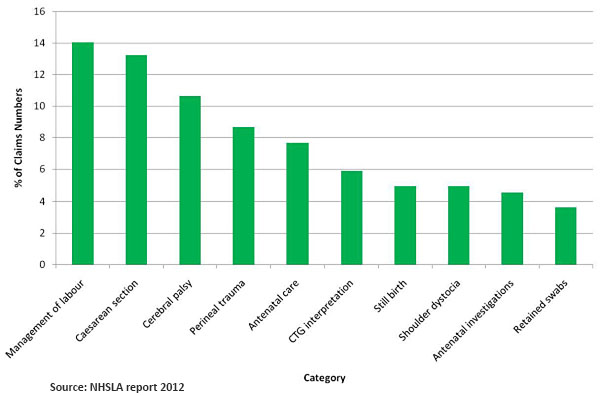
Can’t OASIS be repaired?
OASIS, if detected at childbirth, can be repaired. However, studies show that nearly one-third of women will go on to develop anal incontinence at a later age despite the repair. The diagnosis is also missed in some women during childbirth who go on to develop anal incontinence sooner than later.
Studies have shown that improved training leads to better diagnosis of OASIS.
Isn’t episiotomy dangerous? Why not just let the perineum tear?
The RCOG review of more than a million first vaginal births found that OASIS was 60% more common in nulliparous normal births without episiotomy (3.4%) compared to women given episiotomy (2.2%) [1].
Women delivered by forceps in first vaginal births were 3.5 times more likely to have OASIS without episiotomy (22%) compared to with episiotomies (6%)
Women delivered by vacuum in first vaginal births were 3 times more likely to have OASIS without episiotomy (6.4%) compared to with episiotomies (2.3%)
Studies from Denmark, Australia and Netherlands also show episiotomies are safer.
Can OASIS be prevented?
There are many causes due to which OASIS will continue to occur. For example, babies lying in difficult positions, big babies, and very rapid uncontrolled deliveries.
However, there is evidence that spontaneous perineal tears are 40-60% more likely to be associated with OASIS compared to mediolateral episiotomies (Revicky 2010, Gurol-Urganci 2013).
Research studies show Obstetric anal sphincter injuries (OASIS) are associated with episiotomies given close to the midline. Therefore, the angle at which the episiotomy is performed is crucial in reducing the number of injuries sustained by the sphincter muscles of the back passage (anus).
What is the relationship between episiotomy angle & OASIS?
Studies with midline episiotomies from USA show an incidence of up to 20% OASIS.
With mediolateral episiotomies, the incidence of OASIS depends on how close the episiotomy is angled is to the midline, hence the anal sphincter muscles.
Eogan [2] found the incidence was 10% if the post-delivery sutured episiotomy angle was < 25 degrees, and dramatically reduced to 0.5% if the angle was ≥ 45 degrees. The incidence of OASIS reduced by 50% for every 6 degrees the episiotomy is away from the midline.
However, if the episiotomy suture angle is >60 degrees, OASIS incidence rises [3].
To minimise the risk of OASIS, post-delivery sutured episiotomy angle of 40-60 degrees is the “SAFE-ZONE”.
How do I ensure an episiotomy angled in the SAFE-ZONE?
An incision angle of 60 degrees [4] is required to achieve a post-delivery sutured episiotomy angle of 45 degrees. This is because there is significant perineal distension at crowning. Studies show this is the safest cutting angle for the episiotomy. Hence the RCOG recommendation to cut the episiotomy at 60 degrees [5].
Fulfilling the Royal College recommendation:

“Where episiotomy is indicated, the mediolateral technique is recommended, with careful attention to ensure that the angle is 60 degrees away from the midline when the perineum is distended”
How good is current clinical practice in achieving the SAFE ZONE?
The current clinical practice is to ‘eyeball’ the required episiotomy angle.
Research studies have shown that doctors and midwives are unable to correctly estimate the angle at the time of birth. Reporting in the paper ‘Are mediolateral episiotomies actually mediolateral?’ Andrews et al (BJOG 2005) found ‘No midwife and only 22% of doctors performed truly mediolateral episiotomies. It appears that the majority of episiotomies are not truly mediolateral but closer to the midline’. Mean post-delivery episiotomy angle by midwives was 20 degrees and by doctors was 27 degrees.
Only 13% episiotomies were in the SAFETY ZONE (post-delivery angle ≥40 degrees).
Tincello et al [10] asked doctors and midwives to draw their episiotomy on a validated pictorial questionnaire. Only 1/3rd episiotomies were ≥40 degrees. When asked specifically to cut at 60 degrees, only 15% doctors were able to accurately cut a paper replica of the perineum at that angle [11].
What is ‘Eyeballing’?
The definition of ‘Eyeballing’ is to measure or weigh something without any tools.
Does eyeballing have a place in modern medicine?
It doesn’t appear so.
- Breast surgeons mark using tape measures and callipers for reconstructive surgery after cancer
- Orthopedic surgeons use callipers and tools to measure angles while fitting implants and prostheses
- Ultrasonographers measure lengths and dimensions with cursors.
- Pathologists use machines to calculate dimensions rather than eyeball.
Can we improve ‘eyeballing’?
There is no validated or published training programme that can improve visual accuracy in obtaining measurements of lengths and angles.
Why use the EPISCISSORS-60™?
EPISCISSORS-60™ have a unique patented form and design. They have a guide-limb that points towards the anus and is in the vertical plane. The scissor blades constantly maintain a 60 degree angle from the guide-limb. The flexible nature of the guide accommodates the spherical distension at crowning.
They have also been confirmed by NICE as being the only CE marked technology to achieve a 60 degree angle at cutting.
What is the evidence for EPISCISSORS-60™?
Four clinical studies have been done using the EPISCISSORS-60 showing episiotomy suture angles between 40-52 degrees [6-8]. The suture angle will depend on how distended the perineum is when the episiotomy is given. The more distended the perineum, the lesser the post-delivery angle.
A 2-centre UK study has shown a 20% reduction in OASIS due to adoption of the EPISCISSORS-60™ [van Roon 2015].
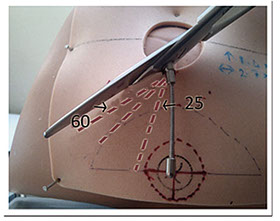
EPISCISSORS-60™ (MAYO)
17 woman undergoing instrumental births
Median angle 43 degrees post-delivery
Mean BW = 4.3kg
Good user feedback
[Freeman et al. 2014]
Angled EPISCISSORS-60™
Mean angle of 50 degrees (IQR 48-52) in
woman undergoing normal births
[Petal et al. 2014]
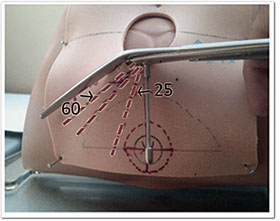
Eyeballing a sphere
The mother’s perineum is a sphere (in geometric terms) at the time of crowning of the baby’s head. Eyeballing the angle is even more difficult at this time, when an episiotomy is meant to be given as it is a volumetric measurement.
The EPISCISSORS-60™ has a flexible guide to account for this spherical distension at crowning.
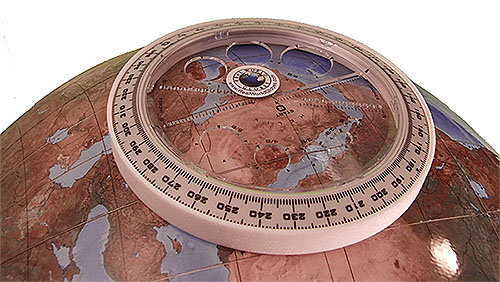
Are they fool-proof, EPISCISSORS-60™?
Every instrument is as good as the person using it. As long as the guide-limb is aligned to the anus vertically, the angle should be maintained at 60 degrees. Further, the guide-limb is designed to be flexible, so that it can accommodate the force of the head on the perineum.
Is it better to deliver by Caesarean section in the first place?
No. Caesarean sections have their own risks and complications. These increase with each successive caesarean delivery.
References:
1 Gurol-Urganci BJOG 2013
2 Eogan BJOG 2006
3 Stedenfeldt BJOG 2012
4 Kalis Int J Gynecol Obstet 2010
5 RCOG Green top guideline 29, 2015
6 Freeman 2014
7 Patel 2014
8 Sawant 2015
9 Andrews BJOG 2006
10 Tincello BJOG 2003
11 Naidu IUJ 2015
